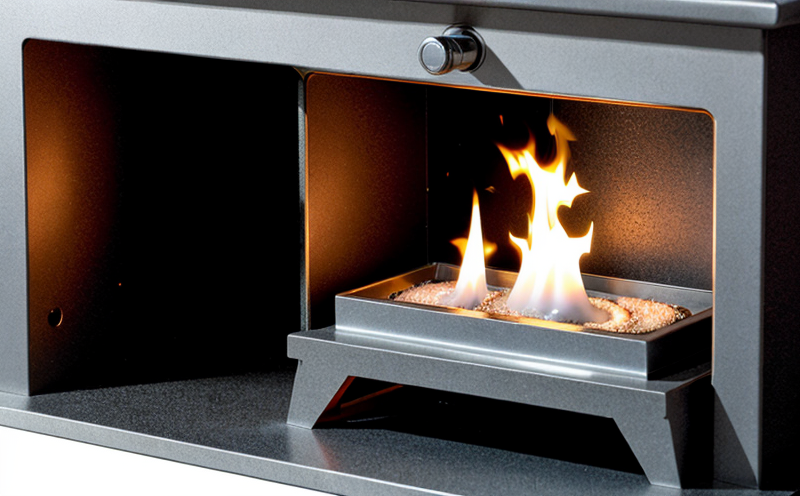Flame Spread Testing of Heat-Resistant Coatings
The evaluation of flame spread properties is crucial in ensuring fire safety and compliance with international standards. Flame spread testing specifically assesses the rate at which a coating material, such as heat-resistant coatings, can propagate flames across its surface when exposed to an ignition source. This service is particularly important for materials used in high-risk environments like industrial facilities, buildings, and transportation systems where structural integrity during fire incidents is paramount.
In this testing method, the specimen, typically a flat panel of the coating material, is placed on a specially designed support frame that ensures proper exposure to an ignition source. The flame is applied for a predetermined period, and its spread across the surface is measured by observing the distance from the point of ignition to where the flame front extinguishes itself due to lack of fuel or other factors.
Accurate measurement requires precise control over variables including the type of material, thickness, geometry, and the application method. The testing apparatus must be calibrated according to international standards such as ASTM E84-19 which provides a means for classifying building materials based on their relative flame spread performance. Compliance with these standards ensures that the tested coatings meet the required fire safety criteria.
Understanding the mechanics behind flame propagation helps in designing more effective heat-resistant coatings. By analyzing how different parameters influence the rate of flame spread, researchers can develop formulations that enhance not only thermal resistance but also flame retardancy properties. This knowledge translates into safer products for end-users who rely on these materials to protect critical infrastructure.
The results from flame spread testing are used by quality managers and compliance officers to ensure adherence to regulatory requirements while R&D engineers leverage this data to innovate new formulations that surpass current standards. Procurement teams also benefit from this information as they can select suppliers whose products consistently meet stringent fire safety benchmarks.
For instance, in the case of industrial facilities, flame spread testing helps identify coatings capable of maintaining structural integrity under extreme conditions. In buildings, it ensures that partitions and ceilings contribute to smoke and heat control systems effectively. Transportation sectors utilize these tests to guarantee the safety of vehicles during potential accidents or fires.
The significance of this test extends beyond mere compliance; it plays a vital role in enhancing overall fire safety measures by providing insights into material behavior under specific conditions. By incorporating results from flame spread testing into design processes, manufacturers contribute significantly towards creating safer environments for everyone involved.
Applied Standards
The primary standard used in conducting flame spread tests on heat-resistant coatings is ASTM E84-19. This standard specifies the procedures and apparatus required to measure both火焰传播测试





